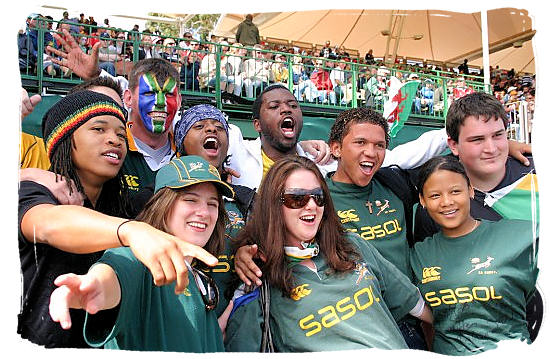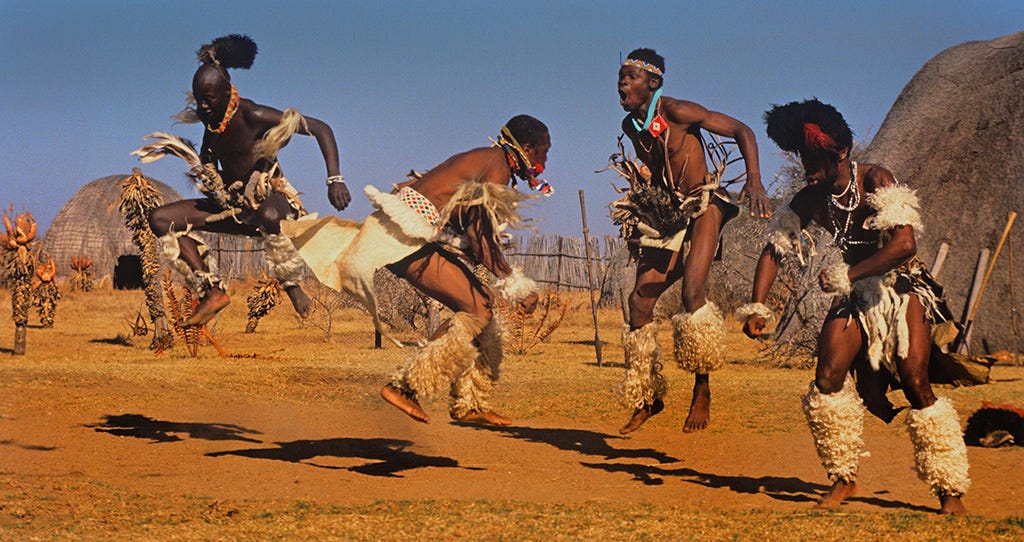Our South African Culture Today Statements
Table of ContentsThe Single Strategy To Use For South African Culture TodayRumored Buzz on South African Culture TodaySome Ideas on South African Culture Today You Should KnowGetting The South African Culture Today To WorkSouth African Culture Today Things To Know Before You BuySouth African Culture Today Fundamentals Explained
This adheres to with vocal singing and drum whipping. The bride and bridegroom after that meet the seniors and chat about the value of their union. An issue of importance in Zambian towns is the diing of loved ones. All members of the town placed cash, time and effort with each other for the funeral of the deceased.Throughout the mourning duration; men stay outside your house and the females remain inside your house of the deceased. After speaking concerning the dead, the village walks to the place of funeral to say their last farewells. Music and dance is a really important element of the Zambian culture. The various tribal systems have their very own dancing kinds; nonetheless, makishi is common among all people.
Some Known Questions About South African Culture Today.
When it pertains to music, drums are utilized the most, with a selection of drumming ceremonies. In Zambia, bulk of individuals are Christian; Protestant and Roman Catholic. There are little groups of Muslims and Hindus, with the rest adhering to neighborhood indigenous tribal ideas.

South African heritage and culture is immensely diverse, and includes several different groups of people who each have their own customs and ideas. Having such a variety of individuals and cultures is what makes South Africa so special. In truth feeling of the phrase, we are a rainbow nation.
South Africa has roughly three hundred thousand Portuguese people residing in it. Making it the 7th on the listing of nations with the most Portuguese people in it beyond Portugal. Portuguese is not only a culture, but it is also a language and a nationality. Portuguese people stem from the nation of Portugal in Europe, nevertheless, because of Portugal (like lots of other countries in Europe) checking out the world and conquering other nations during the 15th 20th centuries, South Africa has what we call Portuguese South African's living in it.
Top Guidelines Of South African Culture Today
Amongst the noticeable attributes of the topography is a plateau that covers virtually 2 thirds of the center of the nation. The plateau complex rises towards the southeast, where it climaxes in the Drakensberg array, part of a cliff that divides the plateau from the seaside locations. The Drakensburg includes Sparkling wine Castle, the highest top in the country.
The area north of the Witwatersrand, called the bushveld, inclines downward from east to west towards the Limpopo River, which forms the international border. The western section of the plateau, the middleveld, additionally descends towards the west and differs in elevation in between the highveld and bushveld. Between the Drakensburg and the eastern and southern coast, the land comes down to the sea.
Nearer the coastline there is a low-lying level called the eastern lowveld. Southwest of the plateau the country ends up being progressively much more dry, offering way to the stony desert of the Great Karroo, surrounded on the eastern by the reduced, better watered plateau of the Little Karroo. Dividing the completely dry southern inside from the sandy littoral of the southerly shore and West Cape is one more variety, the Langeberg.
Get This Report about South African Culture Today
The country's racially, ethnically, and politically split history has actually generated nationwide and subnational symbols that still function as signs of the country, and others signs that are accepted just by particular teams. The monoliths to white settler occupation and political prominence, such as the Afrikaner Voortrekker ("pioneer") Monument in Pretoria and the Rhodes Monument recognizing the British colonial empire home builder and Cape head of state Cecil Rhodes, remain sectarian icons.
The very first contemporary residents were the San ("bushman") hunter-gatherers and the Khoi ("Hottentot") peoples, who herded livestock (South African culture today). The San might have been existing for hundreds of years and left proof of their visibility in countless ancient cave paintings ("rock art"). Bantu-speaking clans that were the forefathers of the Nguni (today's amaZulu, amaXhosa, amaSwazi, and vaTsonga peoples) and Tswana-Sotho language groups (today's Batswana and Southern and Northern Basotho) moved down from east Africa as very early as the fifteenth century

Both previous republics of the Orange Free State and Transvaal (South African Republic) were established by link Afrikaner settlers that defeated and dispossessed the Basotho and Batswana. Lesotho would certainly have been by force integrated right into the Orange Free State without the expansion of British security in 1869. The best marriage of the nation arised from the South African Battle (18991902) in between the British and the two Afrikaner republics, which minimized the country to wreck at the beginning of the twentieth century.
Afrikaners traditionally considered themselves the only real South Africans and, while granting full citizenship to all homeowners of European descent, denied that condition to additional info individuals of color up until the autonomous change of 1994. British South Africans retain a feeling of social and social link to Great Britain without compromising their identification as South Africans.
Fascination About South African Culture Today
The diversity and fragmentation within ethnic collections and the balance of tensions in between those teams throughout the twentieth century protected against interethnic civil problem. While intergroup stress over resources, privileges, and political prominence continue to be, those problems are as most likely to match Zulu versus Zulu as Zulu versus Xhosa or African versus Afrikaner.
From colonial India, British sellers and managers brought the rounded steel ornamental roofings and slender lace job columns that still exemplify the verandas of homes arounds and cities throughout the country. Homes of worship contribute an important building facet even in the smallest communities. In enhancement to the skyrocketing steeples and traditional stonework of Afrikaans Dutch Reformed churches, Anglican churches, synagogues, mosques, and Hindu shrines offer range to the religious building scene.

Butchering and the developing of standard cereal beer are crucial in securing the involvement and a good reputation of the ancestors that are thought about the guardians of good luck, success, and well-being. Indian neighborhoods maintain their native cooking practices and apply them on Islamic and Hindu ritual and ritualistic occasions. Afrikaners and Coloured people gather at weekend breaks and unique occasions at multifamily barbecues called braais, where neighborhood bonds are reinforced.
Because this was the main financial venture of both black Africans and white colonists, problem in between those teams fixated the belongings of grazing land and livestock. In 1867, the largest ruby down payments on the planet were discovered at Kimberley in the west central area. The wealth from those areas aided fund the exploitation of the greatest gold reef worldwide, which was uncovered on the Witwatersrand in 1886.
Some Known Details About South African Culture Today
This brought about misconceptions and deliberate misstatement in the ventures of white settlers and government authorities with African chiefs throughout the early american period (South African culture today). In the establishment of African reserves, some facets of communal and chiefly "tribal trust" land period were protected, and even in white rural locations, kinds of communal Learn More Here period were still practiced in areas with African areas
After the democratic transformation of 1994, programs for land restitution, redistribution, and reform were set up, however progress has actually been sluggish. The white minority still controls eighty percent of the land. Following farming land invasions in Zimbabwe, the Department of Land Matters has vowed to speed land redistribution.